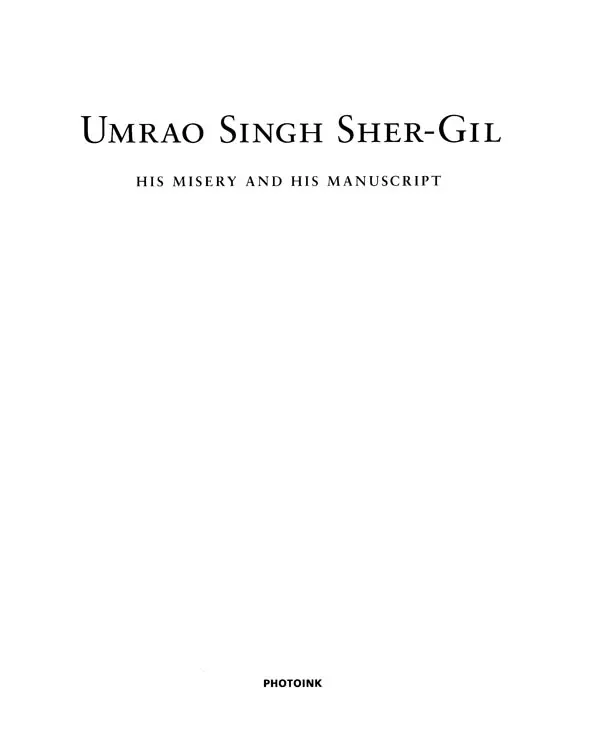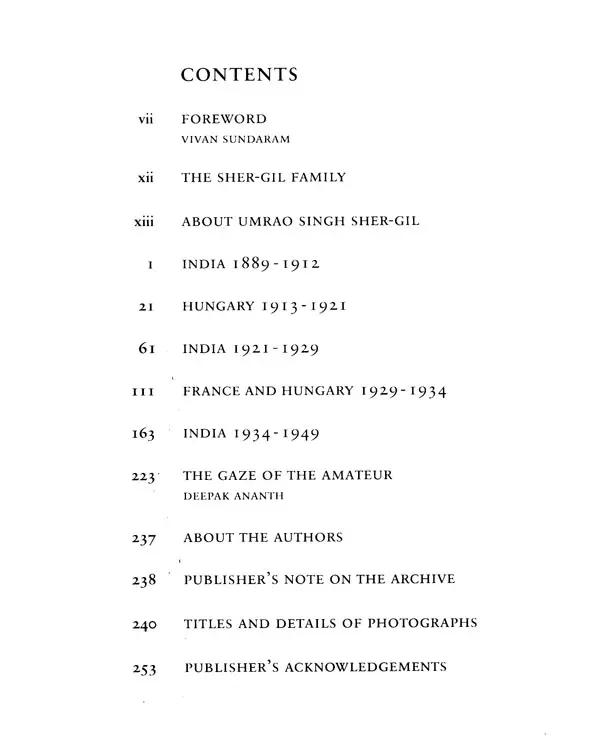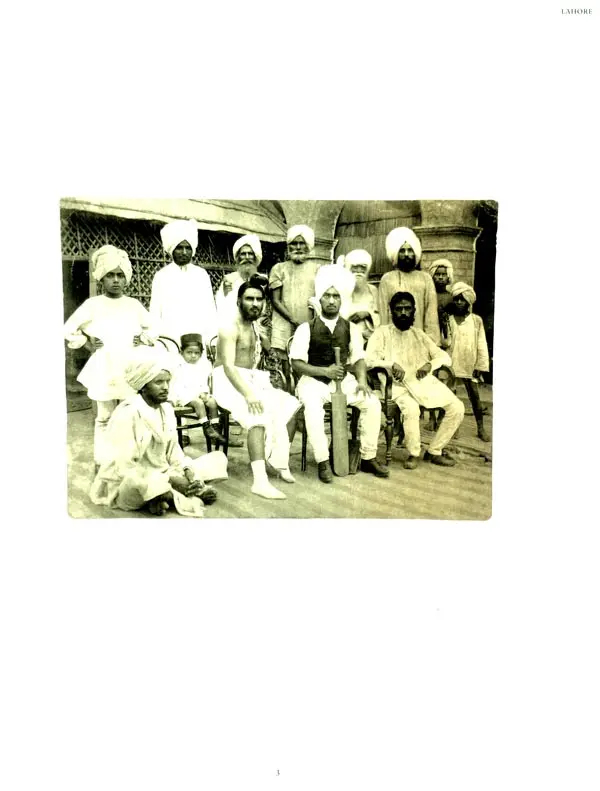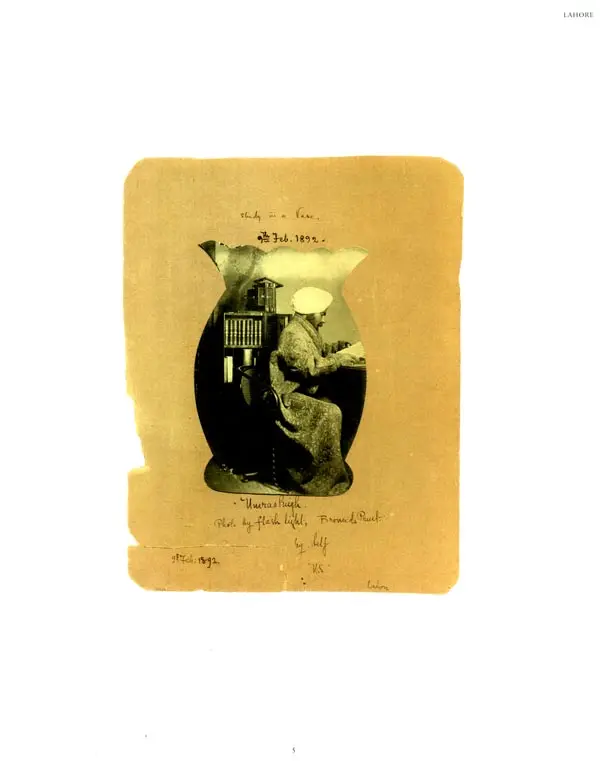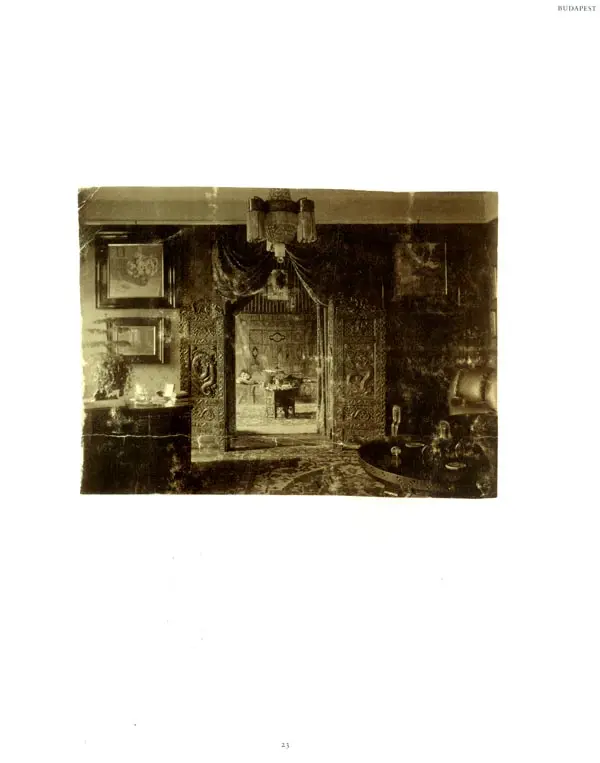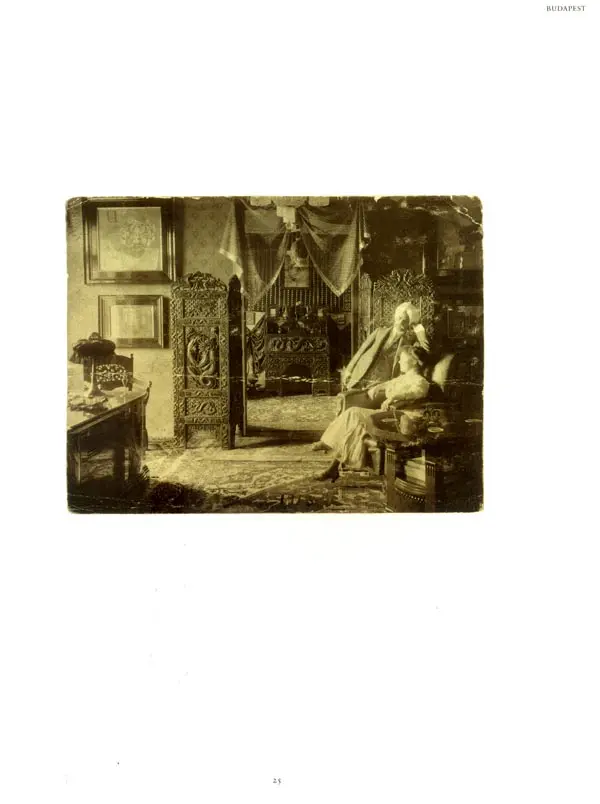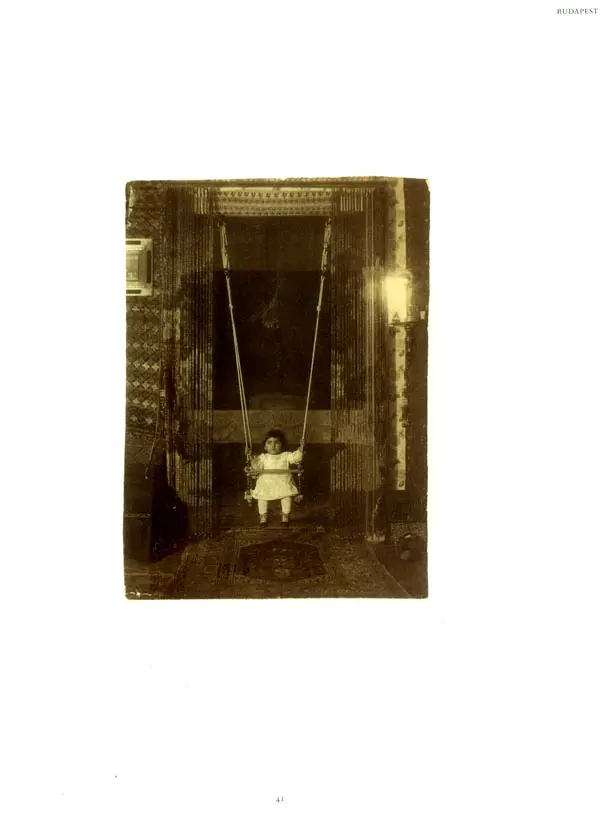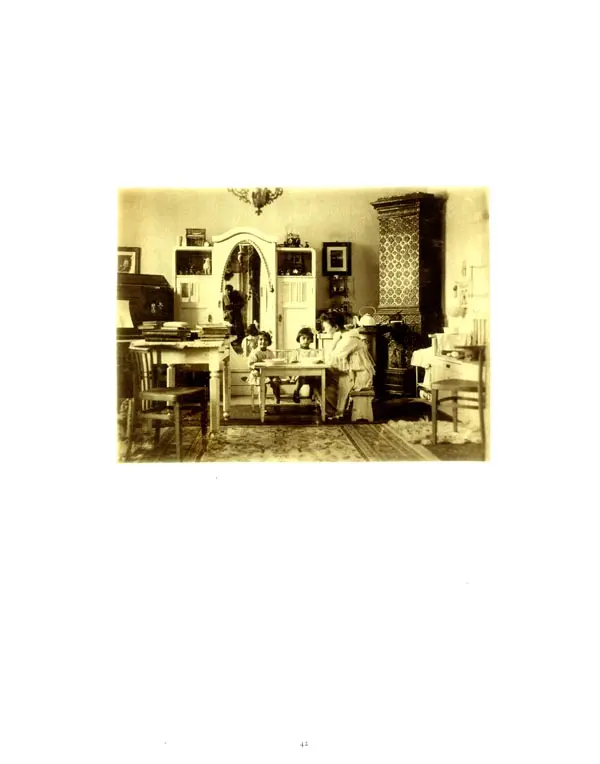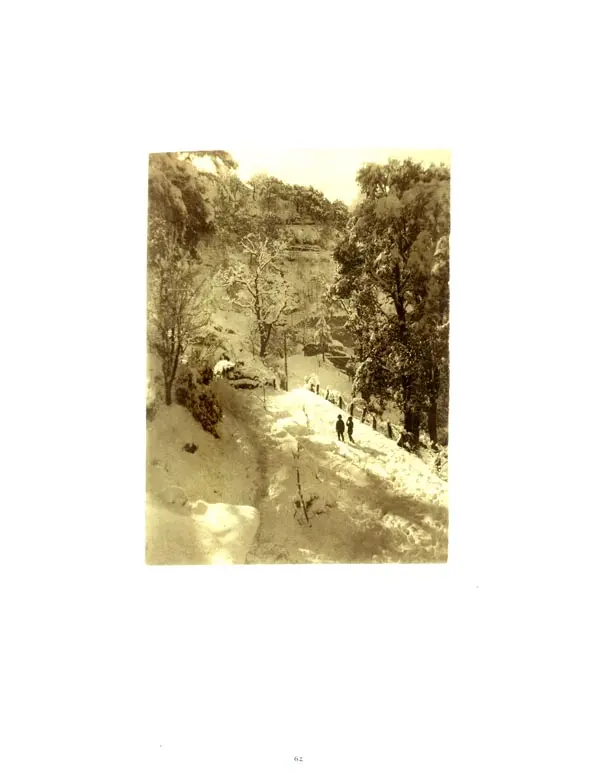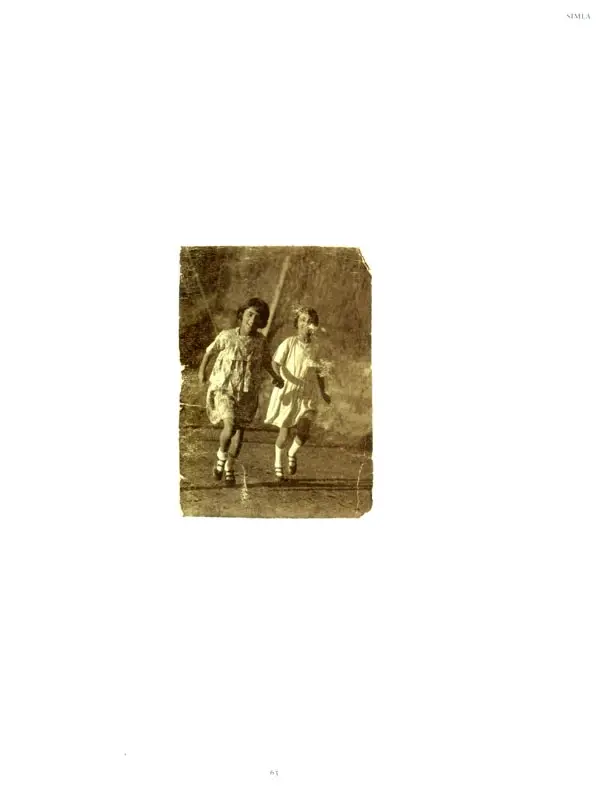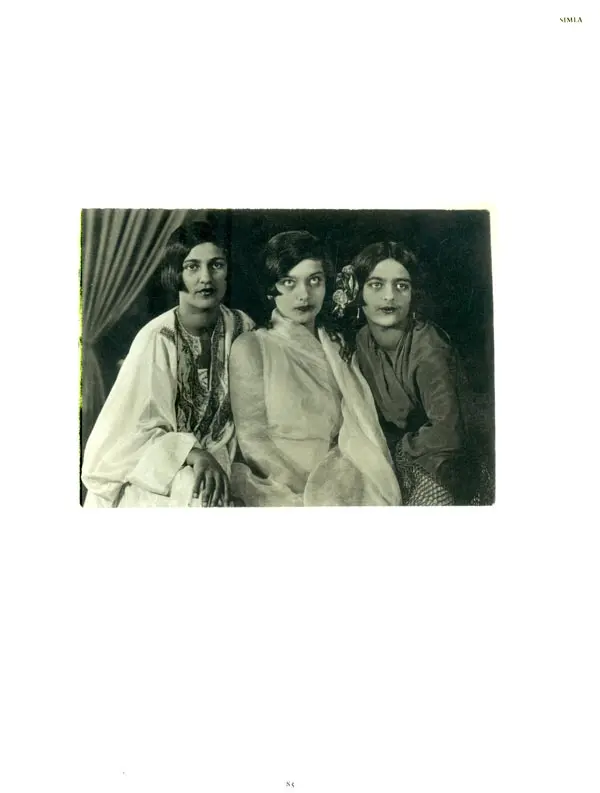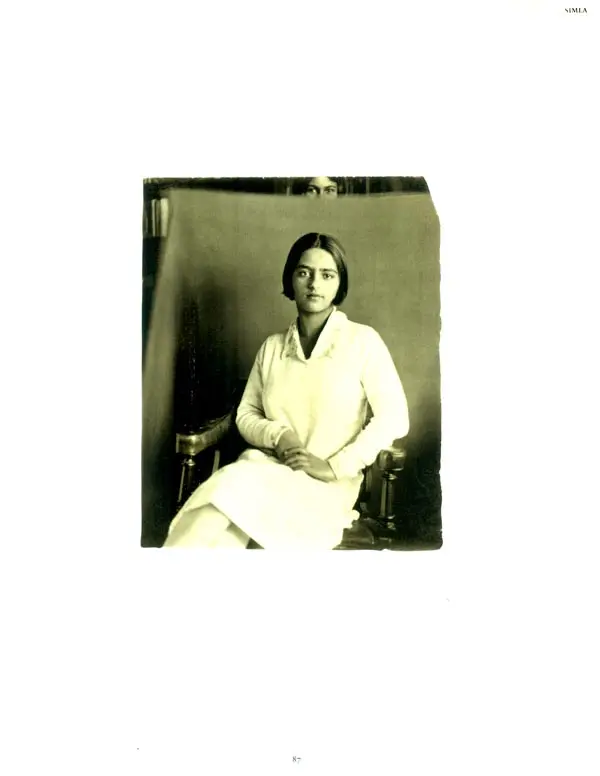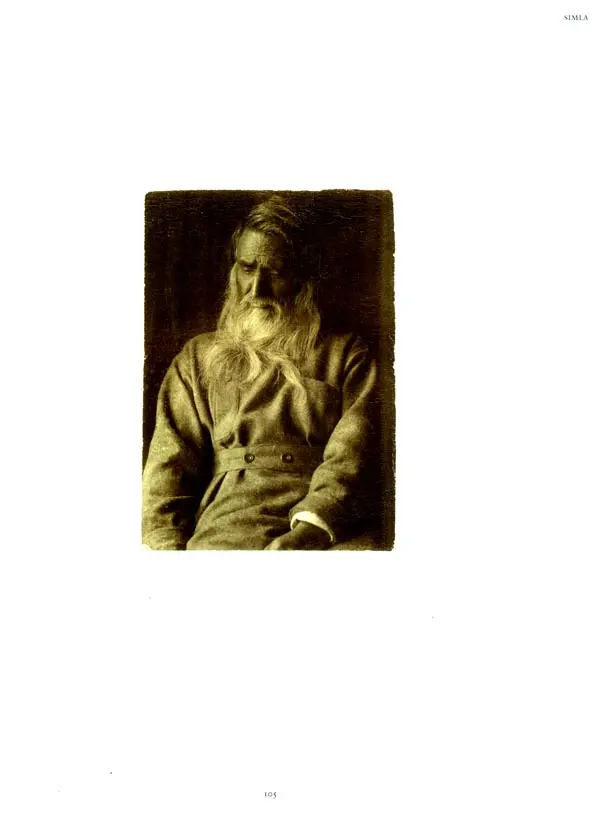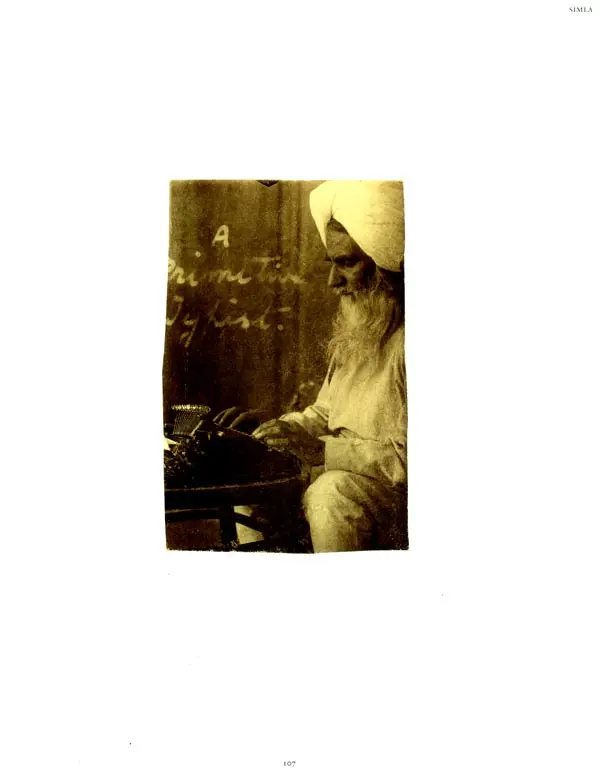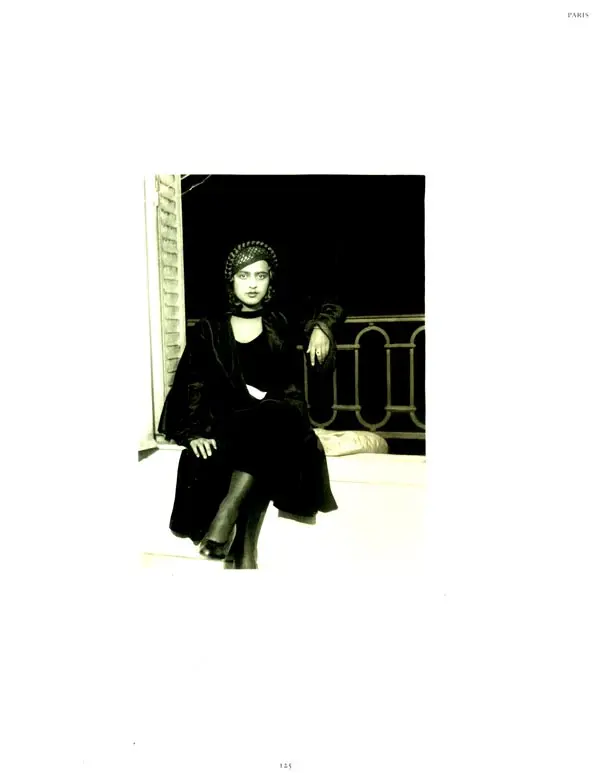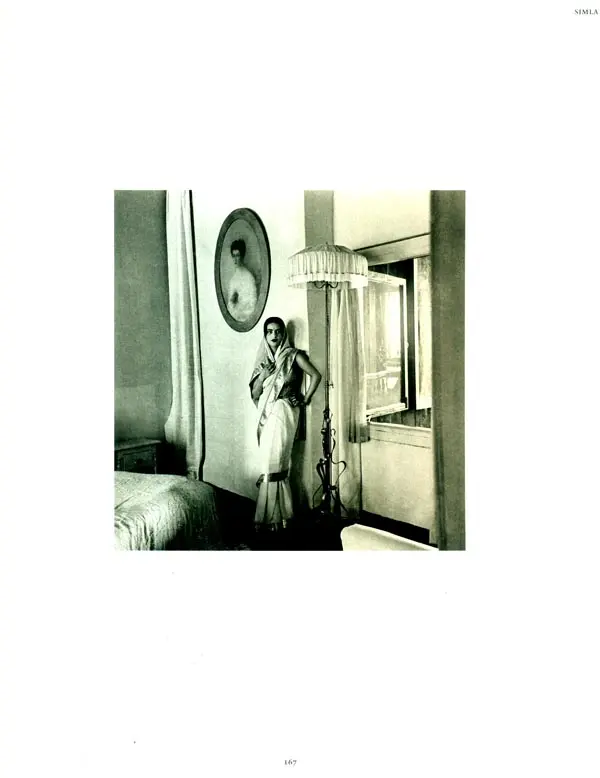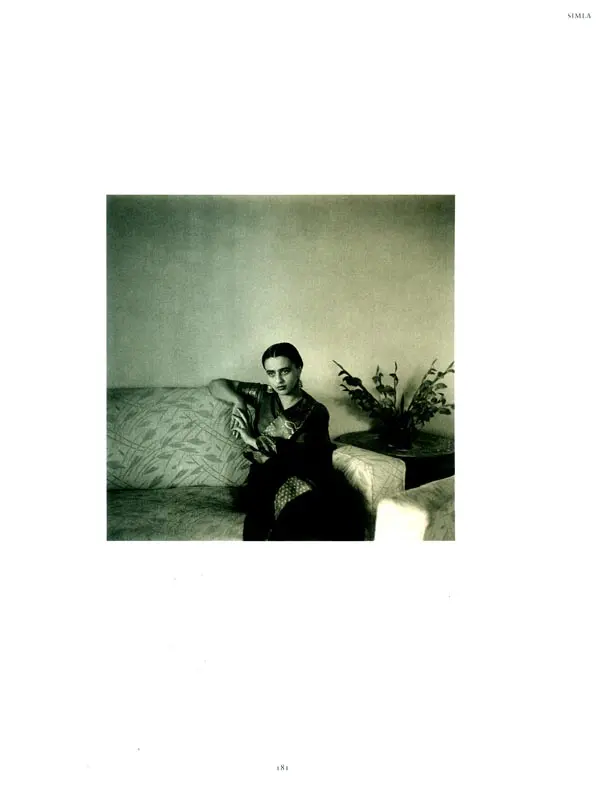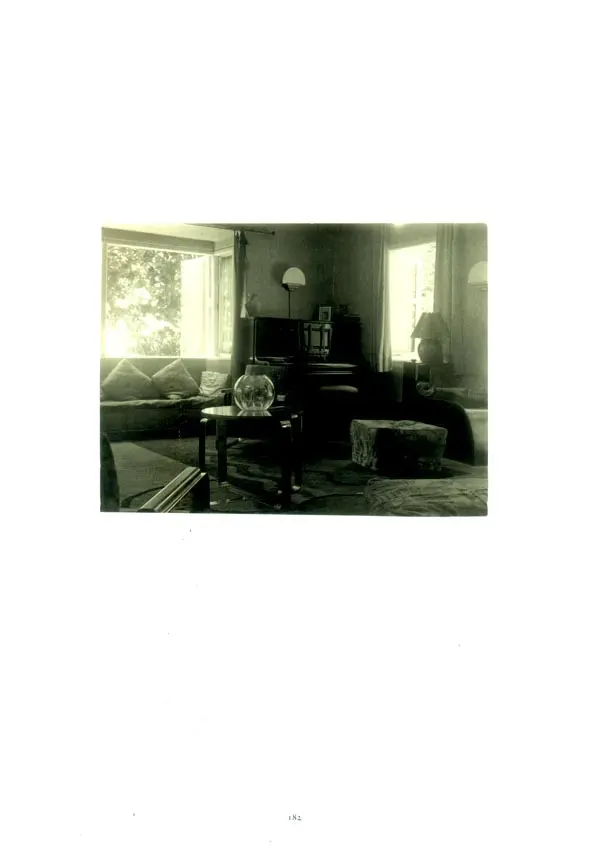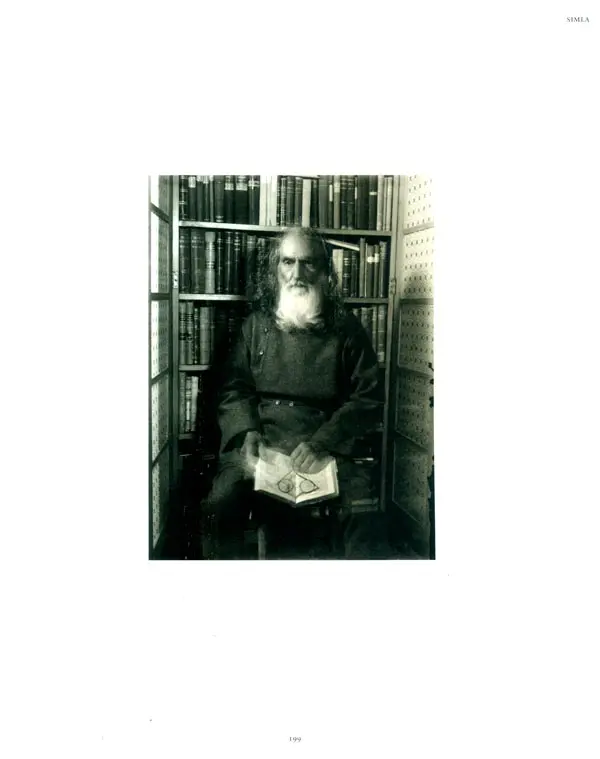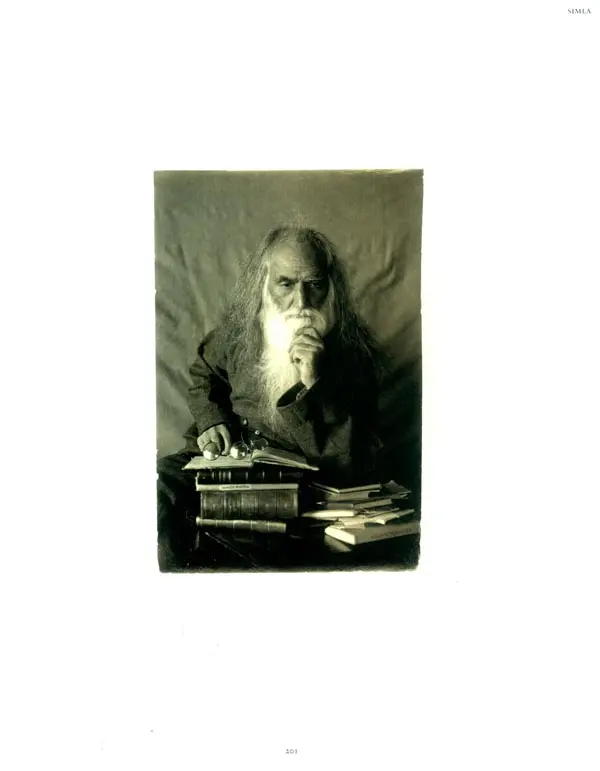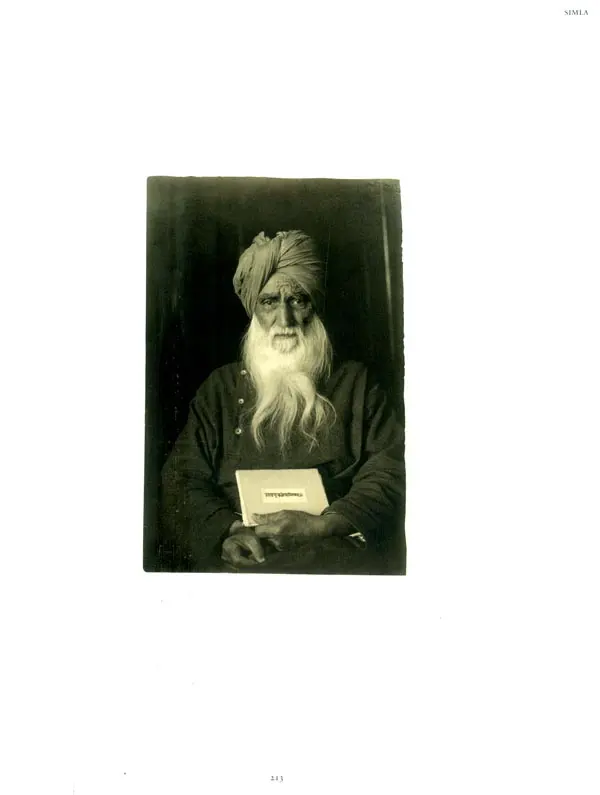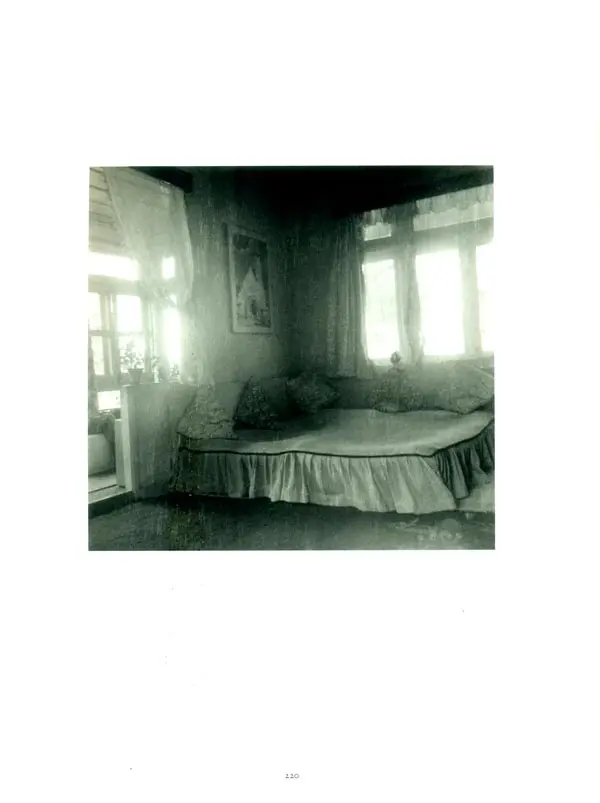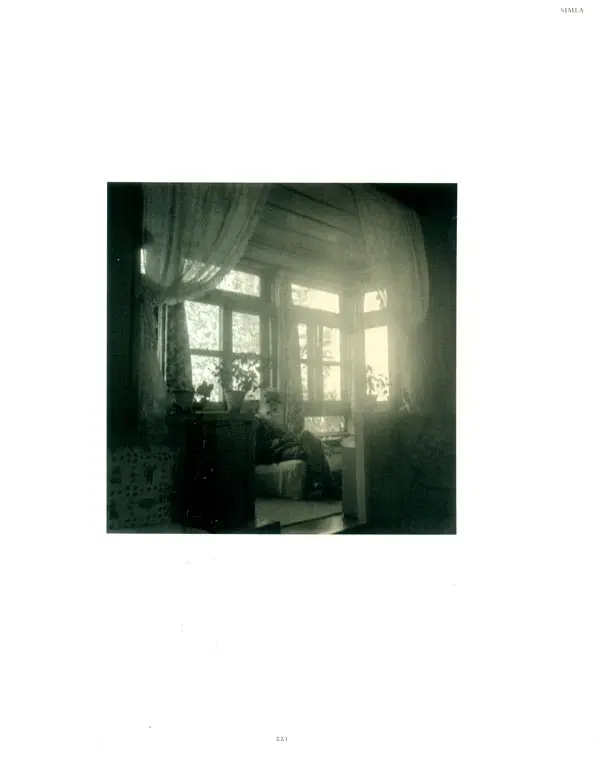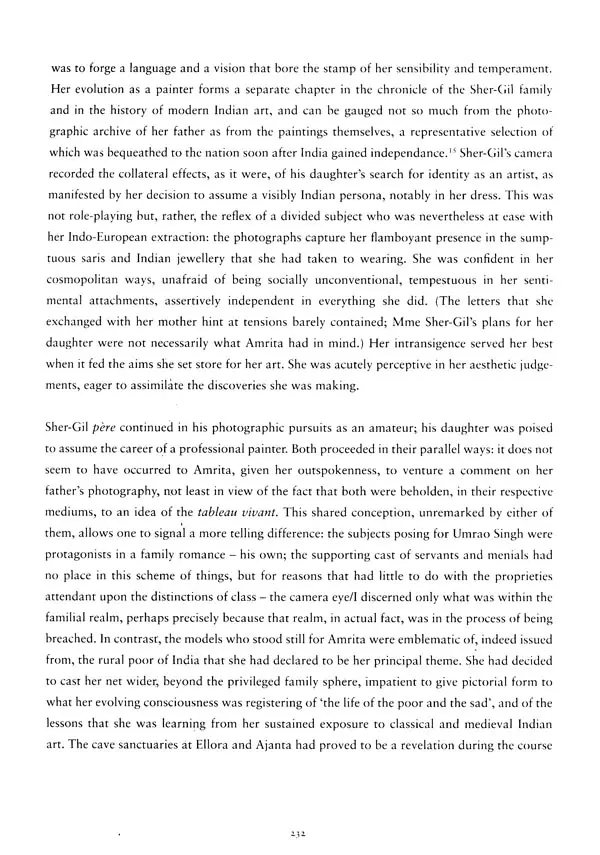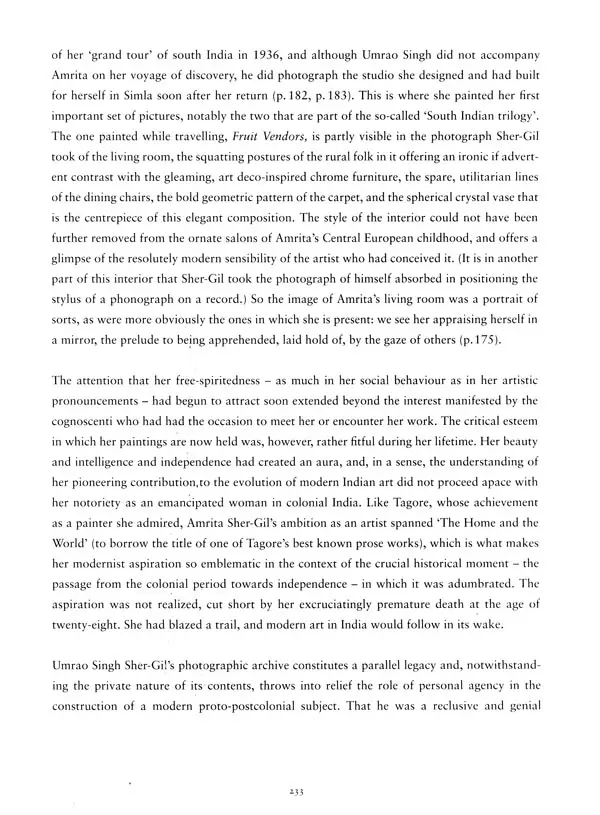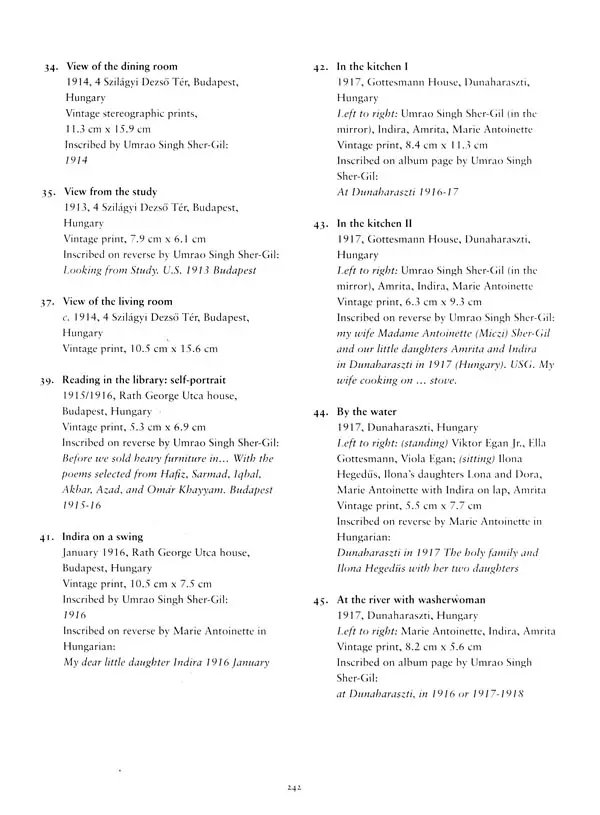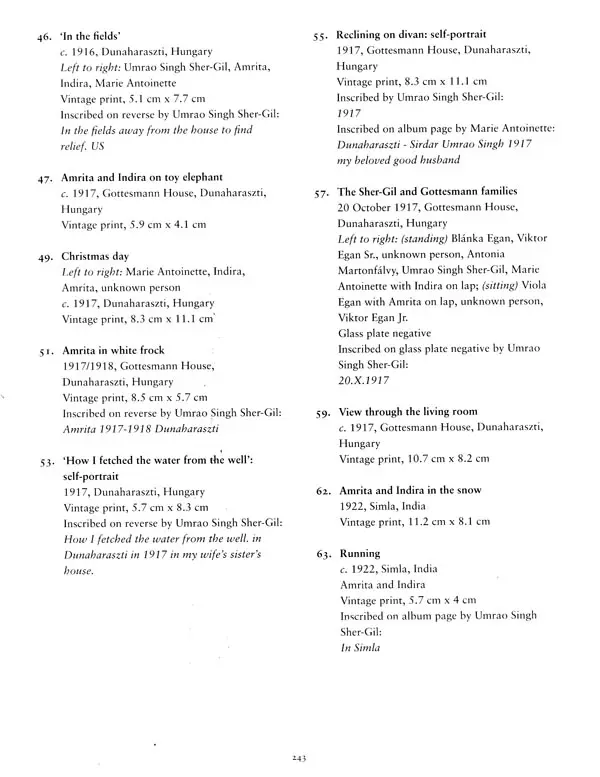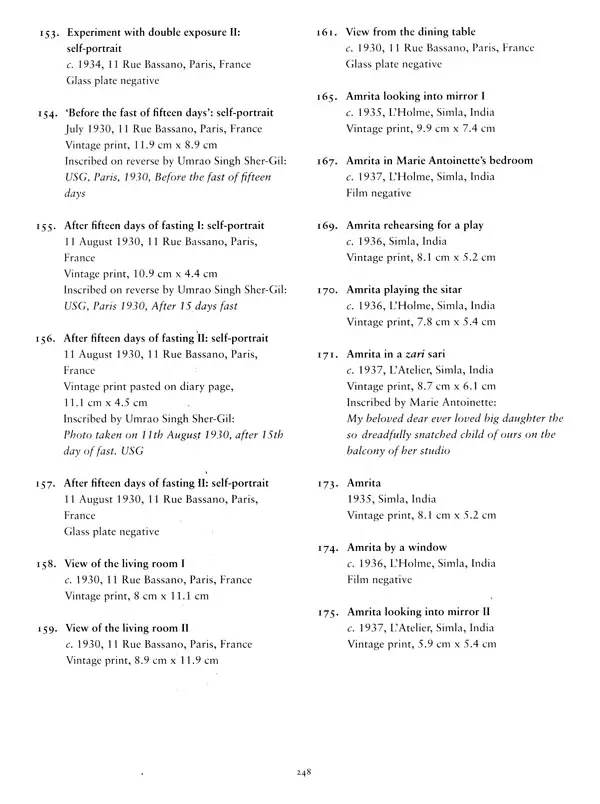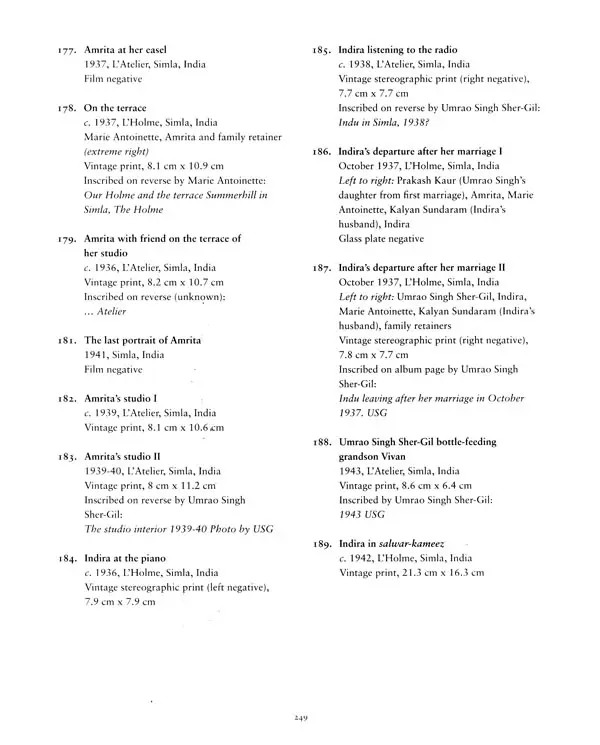
Umrao Singh Sher-Gil- His Misery and His Manuscript (Pictorial Book)
Book Specification
| Item Code: | UAH416 |
| Author: | Vivan Sundaram and Deepak Ananth |
| Publisher: | Photoink, Delhi |
| Language: | English |
| Edition: | 2008 |
| ISBN: | 9788190391115 |
| Pages: | 254 (Throughout Color and B/w Illustrations) |
| Cover: | HARDCOVER |
| Other Details | 11.00 X 9.00 inch |
| Weight | 1.50 kg |
Book Description
Umrao Singh's political sympathies lay with the anti-colonial freedom movement in India.
With the discovery by British Intelligence of his links with the revolutionary Gaddar Party, however, he was debarred from active politics and most of his lands were confiscated. He went on to fashion a universe around his, scholarly inclinations and the felicities of family life - and his camera was there to record it. A large part of this record is made up of self-portraits, which reveal a highly self-conscious auteur- photographer imaging his body, his subjectivity and his melancholy.
The remarkable photographs that Umrao Singh took over sixty years, beginning 1889, include auto chromes (almost unknown in India then) and stereographic photographs. It was after he married (for a second time) Marie Antoinette Gottesmann-Baktay, a Hungarian opera singer, in 1912, that the family album began to assume the proportions of an archive. The couple left Lahore for Budapest soon after their marriage, and their daughters, Amrita and Indira, were born there. World War I forced them to stay on in Hungary till 1921, when they returned to India and set up home in Simla. By then photography had become second nature to Umrao Singh. He was curious about the latest inventions and consulted manuals; yet, strangely, there is little mention of photography in his letters and documents.
The Sher-Gils left for Europe agam m 1929 as Marie Antoinette wanted her daughters to train in the arts in Paris; they returned to India for good in 1934. Umrao Singh died in 1954.
His photographic archive constitutes a legacy that highlights the role of personal agency in the construction of a modern subject. The hundreds of photographs he took form an extraordinary record of the life-world of an Indo-European family, and are a valuable document in the archives of modernity. He deserves to be seen as a pioneering figure of Indian photography.
I have a hazy memory of Umrao Singh siring up his large glass plate camera for a family photograph in our house in Simla, in 1948. I am five years old. What is vividly etched in my mind is Umrao Singh's bedroom-study at the end of the garden, where I spend many hours tinkering with the various objects that lie around. There is a professional carpentry work-table, a telescope, a radio, a steam pressure-cooker, thousands of books, papers scarpered all over, and, in the bathroom, an enlarger and trays for printing photographs - a magical material universe for a little boy.
The relationship between art and photography has a long history, bur my art education and subsequent practice between the 1960s and 80s did not train me to recognize the radical shift photography had brought about in art. It was only in the 1990s that I found myself looking increasingly at photo based artworks that were different from the way Pop art and narrative painting referenced photography and closer to or often overlapping with conceptual art. In J 992 I stopped painting and started to make sculptures and installations with photographs set within the structures. The first of these was a two-meter-high column that I fined with gaze- filled images taken by young photographers. I called the monument Stone Column Enclosing the Gaze (Barthes writes about '[moral] Photograph and the Monument'). The following year, in an installation titled Memorial, I developed the idea of the monument further. Taking Hoshi Jal's newspaper photograph of a dead man lying in front of a garbage bin during the riots in Mumbai, I enlarged the image to different sizes, turned it into an object, pierced and piled it with iron nails, buried it, cast it into a life-size figure, and placed the 'sculpture' on the ground in a citrine that served as a mausoleum. In subsequent years I continued to develop my work by incorporating other photographers' images. I also questioned the notion of authorship and style, proposing collaboration, borrowing, recycling and bricolage as processes conducive to the conceptual transformation of existing images.
I held an exhibition in Budapest in 1995 where I explored my maternal ancestry - my eccentric half-Hungarian, half-Sikh family. I dug into the family archive and, with changing strategies, configured a range of visual and textual material to make a multi-part installation titled The Sher-Gil Archive. I made family 'portraits' by arranging photographs, facsimiles of letters and simulated family possessions in small wooden boxes, and presented these as objets-trouues associated with named family members. One part of The Sher-Gil Archive consisted of sixty- five small photographs of the father Umrao Singh and daughter Amrita (titled Portrait of Self and Daughter: Photographs by. Umrao Singh Sher-Gil); these were stacked and shown as a double 'strip' covering the span of their lives (Amrita died at the age of twenty-eight, Umrao Singh at eighty-four). I introduced the horizontal as the temporal, 'a dimension of the semantics of time common to both still and moving picture and used in both to place the spectator, within and without a narrative.' (Peter Wollen).
Book's Contents and Sample Pages
